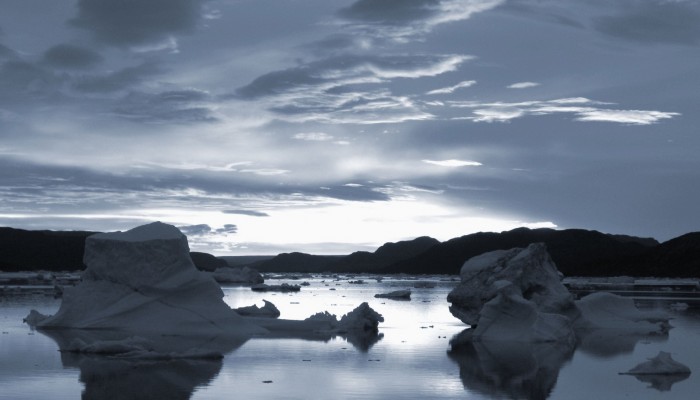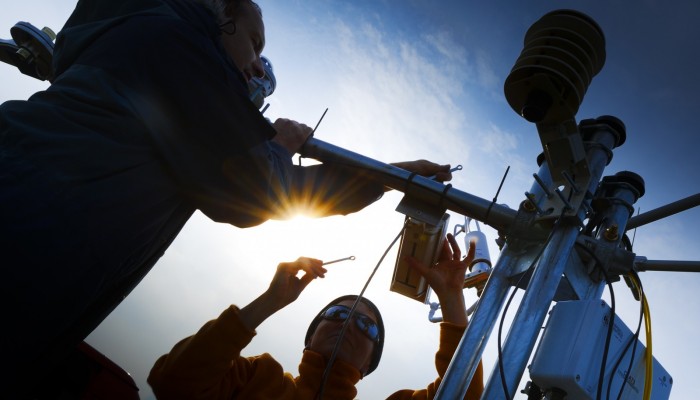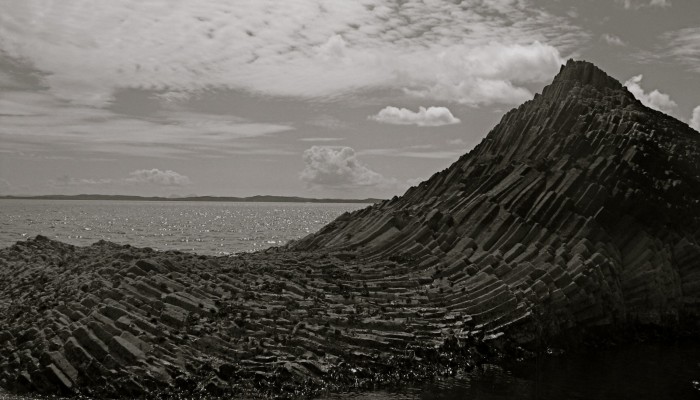This month’s GeoEd post is brought to you by Dr. Mirjam S. Glessmer. Mirjam is a physical oceanographer, who during her PhD at GEOMAR Kiel, Germany, became more and more interested in understanding how people learn and hence did a Masters of Higher Education in parallel to her PhD. During her PostDoc at the University of Bergen, Norway, she became involved in teaching both university courses, teac ...[Read More]
GeoEd: How do we make climate predictions – An idea for an outreach activity




